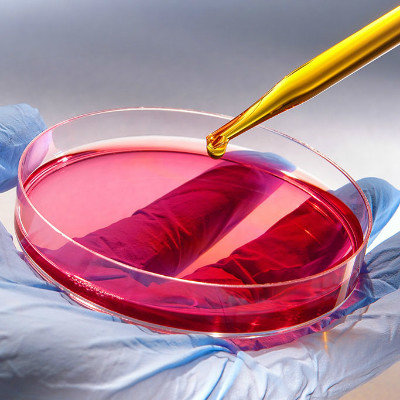What is phenylketonuria
summary
My friend's child always has abnormal feelings after birth. The child's development is a little slow. Later, he got phenylketonuria. What's phenylketonuria?
What is phenylketonuria
First of all, phenylketonuria (PKU) is a common amino acid metabolic disease, which is due to the enzyme defects in the phenylalanine (PA) metabolic pathway, so that phenylalanine can not be converted into tyrosine, resulting in the accumulation of phenylalanine and its ketoacid, and a large amount of excretion from the urine. This disease is common in inherited amino acid metabolic defects, and its inheritance is autosomal recessive.
Secondly, the clinical manifestations of phenylketonuria were heterogeneous. The main clinical features were mental retardation, mental and neurological symptoms, eczema, skin scratch sign, depigmentation and rat odor, and abnormal EEG. If we can get early diagnosis and early treatment, the above clinical manifestations may not occur, the intelligence is normal, and the abnormal EEG can also be recovered. And the symptoms of different degrees of the situation will be different. After getting sick, we must go to the hospital in time for examination and reasonable treatment.

Finally, phenylalanine is one of the essential amino acids for human body. The daily intake of normal people is about 200-500 mg, 1 / 3 of which is for protein synthesis, and 2 / 3 of which is converted into tyrosine by phenylalanine hydroxylase (PAH) in liver cells to synthesize thyroxine, epinephrine and melanin. In addition to PAH, tetrahydrobiopterin (BH4) must be involved in the conversion of phenylalanine to tyrosine. Gene mutation may result in the activity defect of related enzymes, resulting in the abnormal accumulation of phenylalanine.

matters needing attention
We should pay attention to the prevention of phenylketonuria, especially the situation of consanguineous marriage. We should do a good job in screening for early detection and treatment. For pregnant women with a family history of this disease, DNA analysis or detection of pterin in amniotic fluid should be used for prenatal diagnosis.














